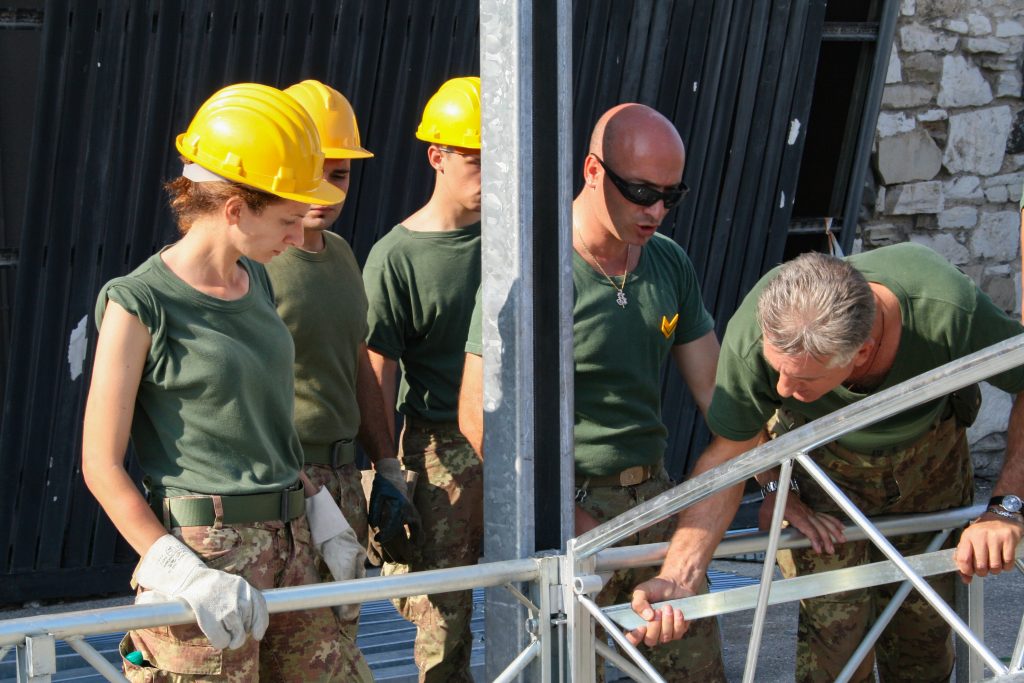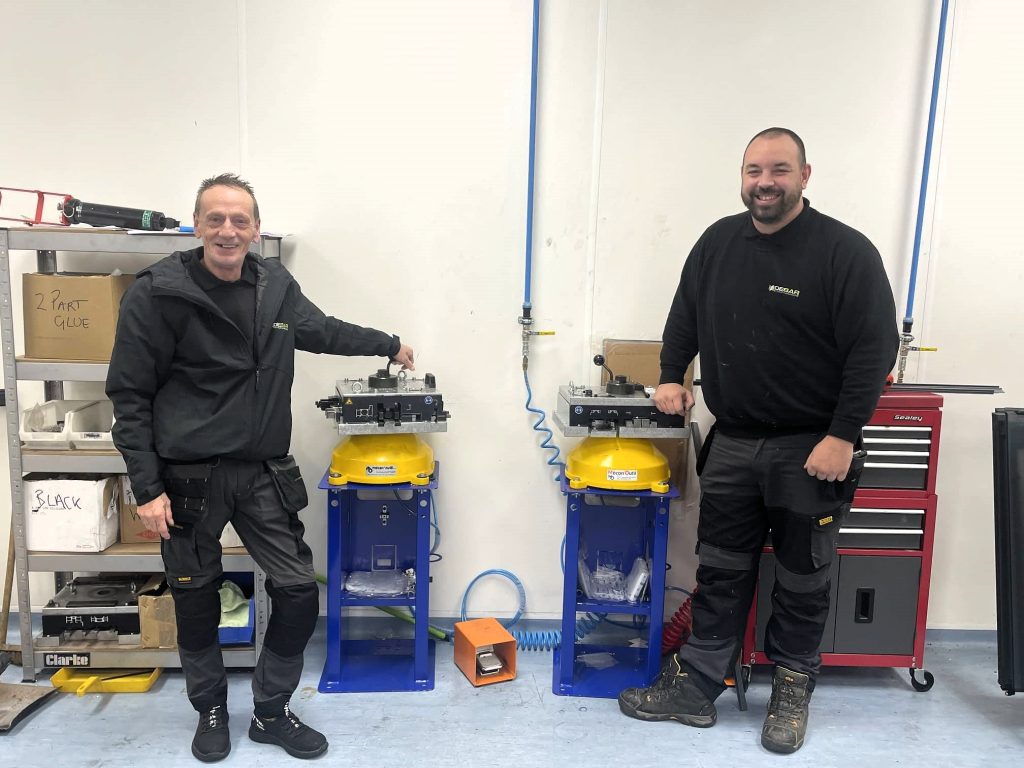REWORK RISKS: more than a third of injuries occur during rework
LC International Managing Director Mark Worrall highlights how rework can lead to serious injuries on site.
For years, in construction, attitudes to rework have been almost exclusively focused on the cost – the overriding concern for many simply being “how much will these changes set me back, and how long will they delay the project for?”
But it’s not just the financial impact, reduced productivity or wasted time that needs to be considered when taking the negative impacts of rework into account. Rework actually puts construction workers in danger.
In fact, 39% of all injuries on construction projects happen because of it.1
Quality and safety
Quality and safety are intertwined. The quality of a product or service depends on a number of factors, including the manufacturing capabilities of the supply chain, the standard of the work, the capabilities of the on-site processes, and the preparation for the build.
But regardless of the cause, if the quality of a product or service isn’t up to scratch, then the risks of injury while on site will increase.
A large proportion of safety issues are ultimately down to human error. Of course, it’s normal for people to make mistakes. But what’s important is that the organisations they work for create safe working environments, and have processes in place to learn from incidents. Understanding the root causes of accidents will prevent further problems from happening again.
Unfortunately, this doesn’t always happen, and rework can lead to serious injuries, as John Morrison, Peter E.D Love and Pauline Teo discovered1. Analysis of quality and safety data from over 500 construction projects found there’s 70% greater probability of being injured while attending to rework.
Why rework?
Rework is required when an activity may need to be done again to correct a mistake, whether that’s manufacturing a product on, near or offsite – plus it can happen when the actual installation or building is taking place.
The main causes of rework relate to issues with the execution of things like process control, procedural compliance, subcontractor management, design, and material availability and suitability.
When it comes to the type of incidents caused by rework, the numbers for high-risk accidents, slips, trips and falls are all consistent with one another and appear to be the most common.
But with more than a third (39%) of actual injuries occurring during rework, it’s not something to be ignored. This is a serious problem in construction and can lead to devastating results for those involved.
Reducing the risks of rework
To reduce the risk of rework and potential accidents on site, there are a number of checks and improvements that can be made throughout an organisation.
A good place to start is looking at the existing procedures in place around people and process capability, adherence and robustness.
Quality is key, and should be prioritised right across the business in all areas. It’s a cultural mindset that all stakeholders and personnel need to recognise, understand and engage with.
A company with a culture that has underpinning processes focused on quality is one that will drive continuous improvement. In fact, striving for ongoing improvement and new ways of working will keep the organisation ahead of its competitors, and, ultimately, keep customers happy too.
Additionally, as human error is the main reason for rework, regularly reviewing the workforce’s skills and behaviours is also key to reducing mistakes on site. Offering coaching and support to practically upskill the team can help turn their existing knowledge into a more applied and deliberate practice.
Reaping the rewards of no rework
Without a doubt, embedding quality and streamlining processes in a business will reduce the number of errors, re-work incidents and safety risks. In turn, this helps to deliver a quality project ahead of time which also lowers the overall costs and raises client satisfaction.
Applying a culture focused on quality will provide a competitive advantage for organisations as it means they’re able to provide quicker and cheaper solutions for customers.
Other positive outcomes of applying this approach includes increased employee satisfaction, a reduction in attrition, increased productivity and stronger relationships within the supply chain.
Ultimately, if more businesses applied this simple and effective way to work, not only would their projects be more efficient and profitable, but they’d also be creating safer work environments for their employees – something that should be common practice, but unfortunately often isn’t.




















